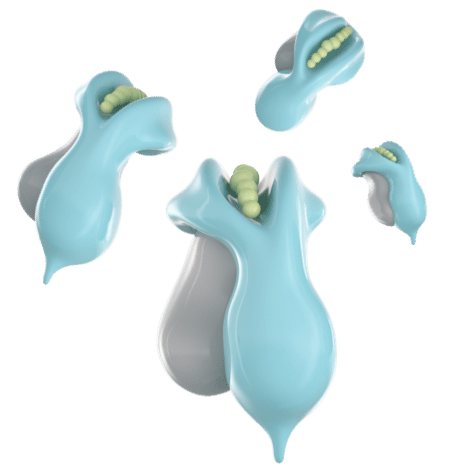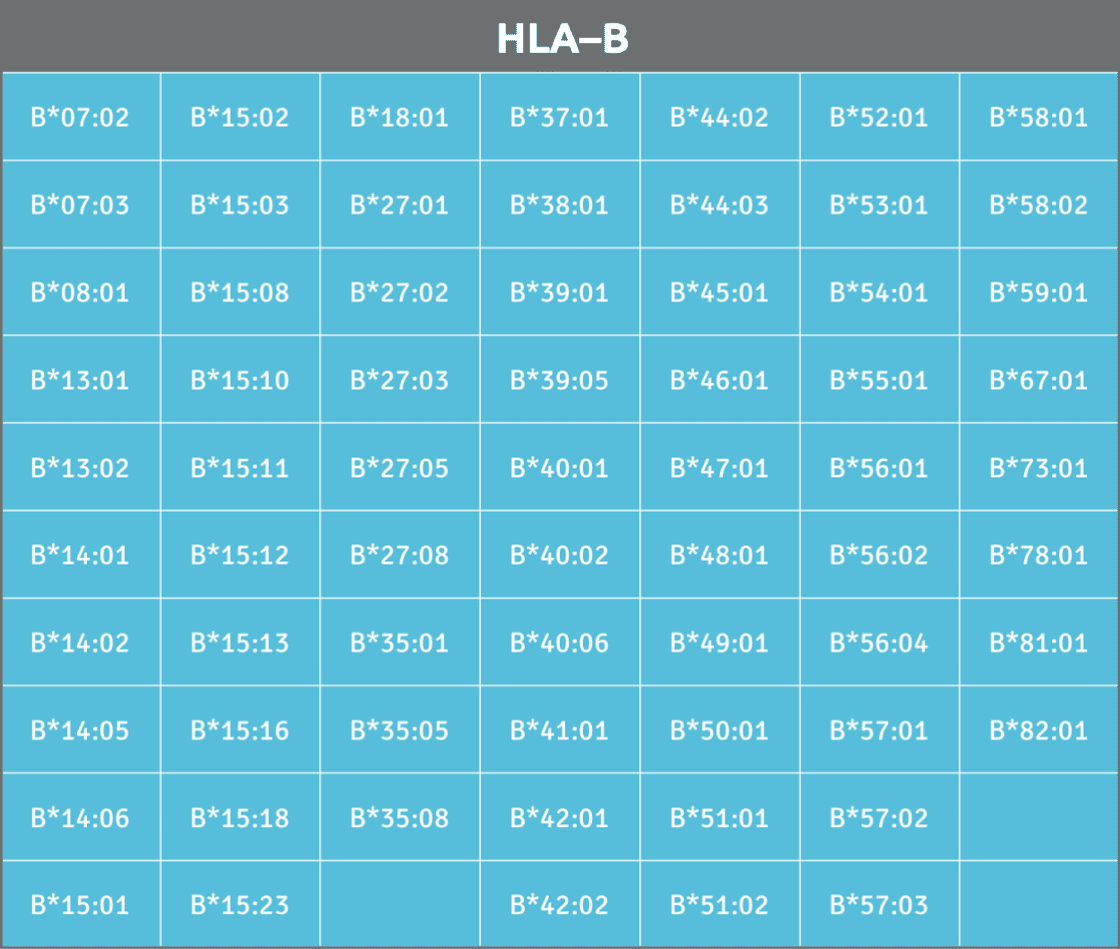From investigating HLA-antibody interactions in transplantation to antigen-specific CD8+ cytotoxic T cells in disease states
HLA-B
We provide a suite of highly representative, functionally intact HLA-B alleles with broad population coverage known as the most diverse genetic markers used by the body to accept or reject transplants. Learn more about HLA.


HLA-B Allele Map
Download our list of HLA-B alleles to view all available sHLA proteins as well as products in development.
Featured Assays
Resources
SOLUBLE HLA TECHNOLOGY
Learn more about our sHLA Technology and how it can improve the quality and speed of your science
HLA APPLICATIONS
Explore the landscape of HLA applications in the fields of transplantation, autoimmunity, cancer and infectious diseases and find new ways to improve your research
SOLUBLE HLA PUBLICATIONS
Read more about our publications and discover new resources and ideas to support your endeavors
Frequently Asked Questions
How does a sHLA Class I molecule look like?
Structurally, sHLA Class I proteins consist of a heavy chain, a light chain (b2m) and the peptide they present forming a trimeric complex. Various sHLA alleles have an added purification tag (VLDL) at the carboxy end of the α3 domain.
What is the molecular weight of a sHLA Class I molecule?
Soluble HLA Class I glycosylated protein complexes are 47 kDa in size consisting of a 33 kDa heavy chain, an 11 kDa beta-2-microglobulin light chain and a small size peptide (8 to 11mer) in the groove.
Related Products & Services
HLA-A Proteins
Choose from more than 35 HLA-A alleles to detect, profile, or monitor antigen-specific immune responses from antibodies to immune cell populations
HLA-C Proteins
Discover a selection of over 20 HLA-C alleles, the dominant ligand for KIR on NK cells for your immunological research
Peptide Validation and Screening Services
Competition-based HLA peptide binding assays for the validation and screening of putative T cell epitopes


